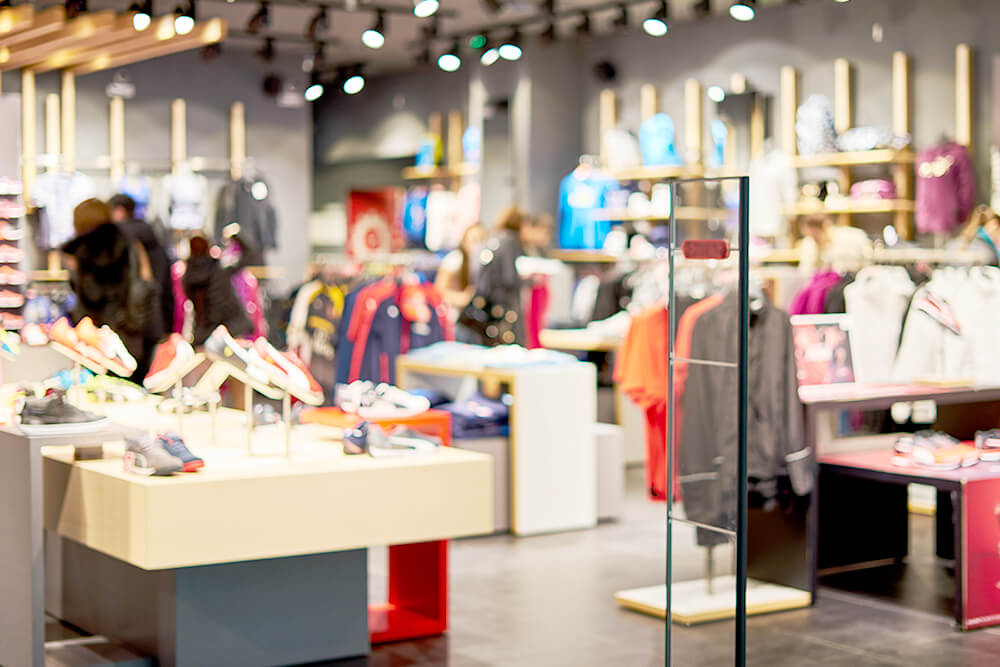
The biggest loss prevention mistakes retailers make
Battling retail loss is an ongoing challenge for retailers. With the cost of that loss currently at $61.7 billion in the US, the stakes have never been higher.
However, many retailers struggle to either understand where their loss is occurring or do not have sufficient strategies in place to address it. So let’s look at the five biggest loss prevention mistakes retailers make.
Not knowing their numbers
You cannot manage what you do not measure, so it’s imperative retailers understand exactly where loss is occurring and when it is most likely to happen.
Loss can be attributed to a number of factors in-store, including malicious threats like shoplifting and employee theft. It can also come down to non-malicious problems like human error. Loss may also occur in the supply chain, or via e-commerce.
Only when a retailer delves into the big picture of where their store’s weaknesses lie, are they able to develop the right strategies to combat that loss.
Failing to get back to basics

Although some of the tactics involved in shoplifting, theft and fraud may have changed, the battle remains the same.
For retailer’s, it’s about getting back to basics and protecting their store, their products, and their bottom line.
Individual items should be protected at a product-based level, using tools like electronic article surveillance, security tags, and security labels.
The store should be protected via CCTV or perhaps security personnel. It should also be protected with policies and procedures that help eliminate theft and inadvertent loss.
Not involving staff in the fight
Staff are the first line of defence when it comes to minimizing loss at all levels in-store, and they should be actively involved in the fight.
Again, that comes down to systems, procedures and also staff training. Staff should be fully abreast of best practice for returns and gift cards. They should be screened during the employment process to help minimize employee theft, and then trained regarding the signs of shoplifting.
They should be aware of stock reconciliation procedures and inventory counting that help identify both in-store loss and loss in the supply chain.
Most importantly, they should be fully cognizant of how loss impacts them personally as employees, affecting the retail bottom line and therefore putting their employment at risk.
Underestimating their opponent

Contrary to popular belief, shoplifters do not fit one single profile. They come from all walks of life, all age brackets and all demographics.
The methods they use to shoplift also vary, ranging from concealment of small items to complex pre-planned thefts involving groups.
The mistake many retailers make is to believe they can easily spot a shoplifter and to assume theft will not happen to them.
On average, each retailer takes a 1.62 per cent hit to the bottom line due to retail loss, with shoplifting the primary suspect.
Not investing in loss prevention
To fight loss in store, retailers need to invest in loss prevention, and this is an ongoing investment where technology and tools need to be regularly updated.
The reality is, what worked five or 10 years ago may no longer suffice in terms of security. The internet means thieves are now more savvy, and have a wealth of information at their fingertips.
For retailers, combatting this evolving threat requires them to consistently evaluate their loss prevention measures and upgrade them where required, looking at new and improved ways to mitigate potential loss.
For more information about the latest loss prevention strategies and tools, see here. Or head directly to our catalogue or state-of-the-art security tags and security labels.


